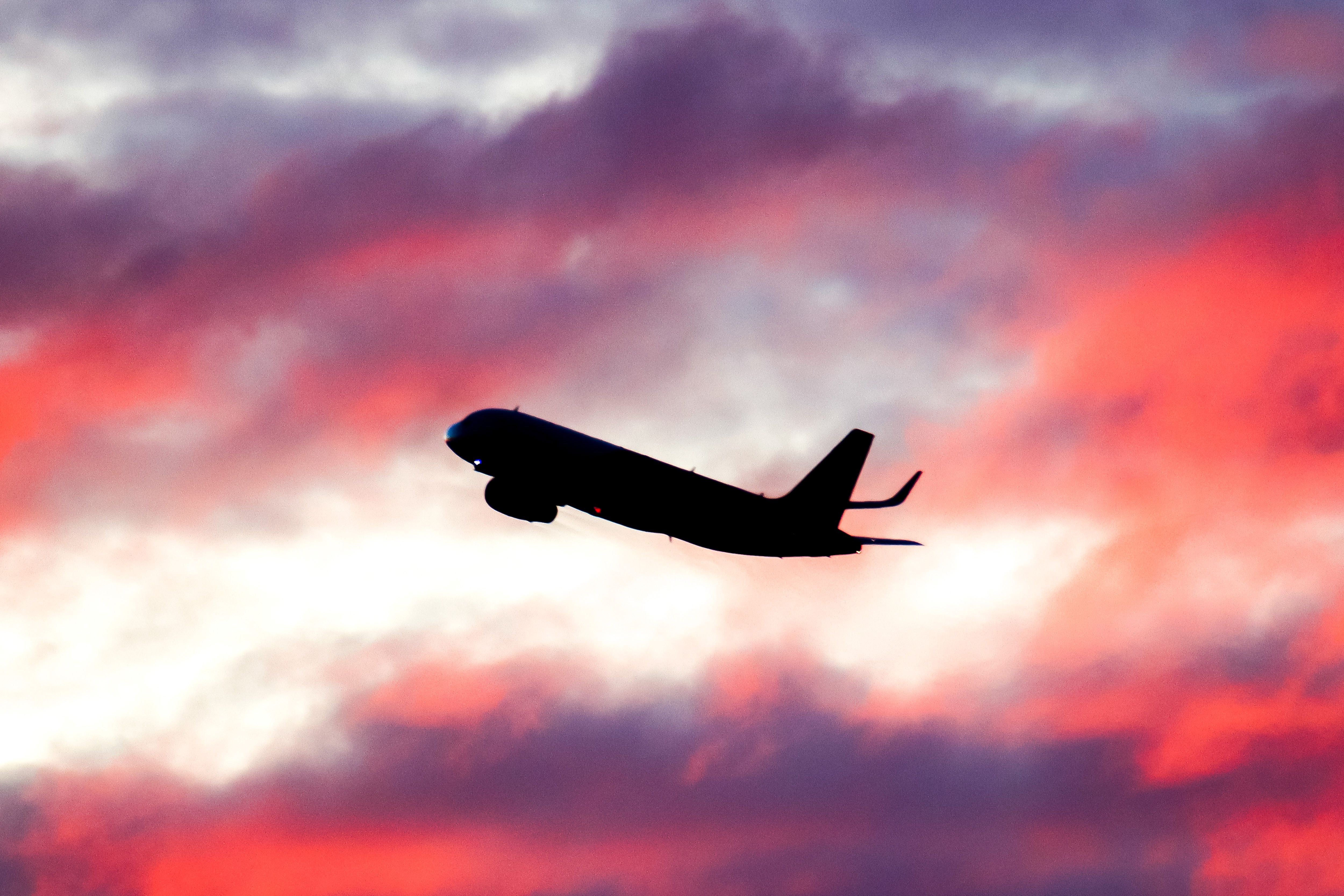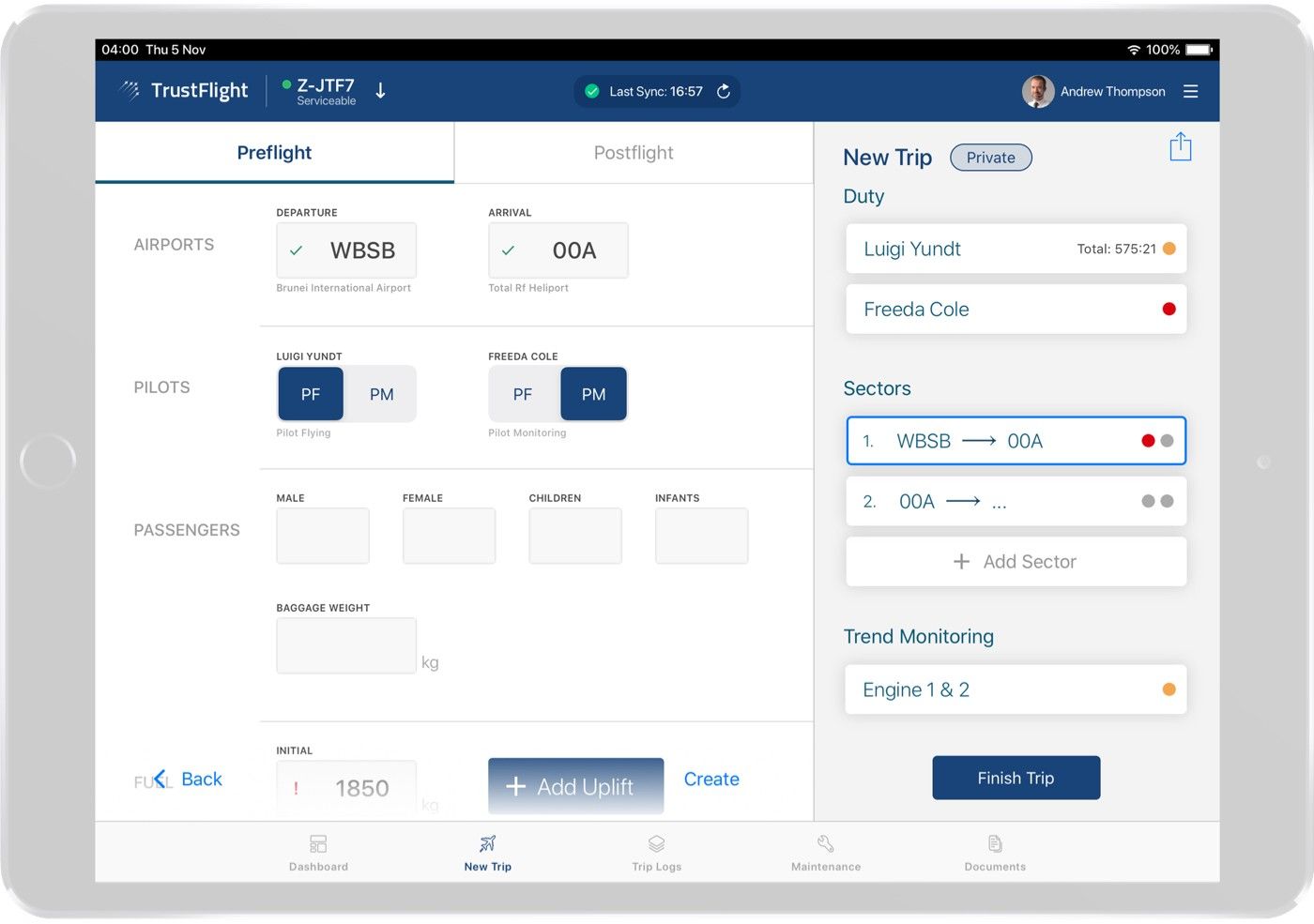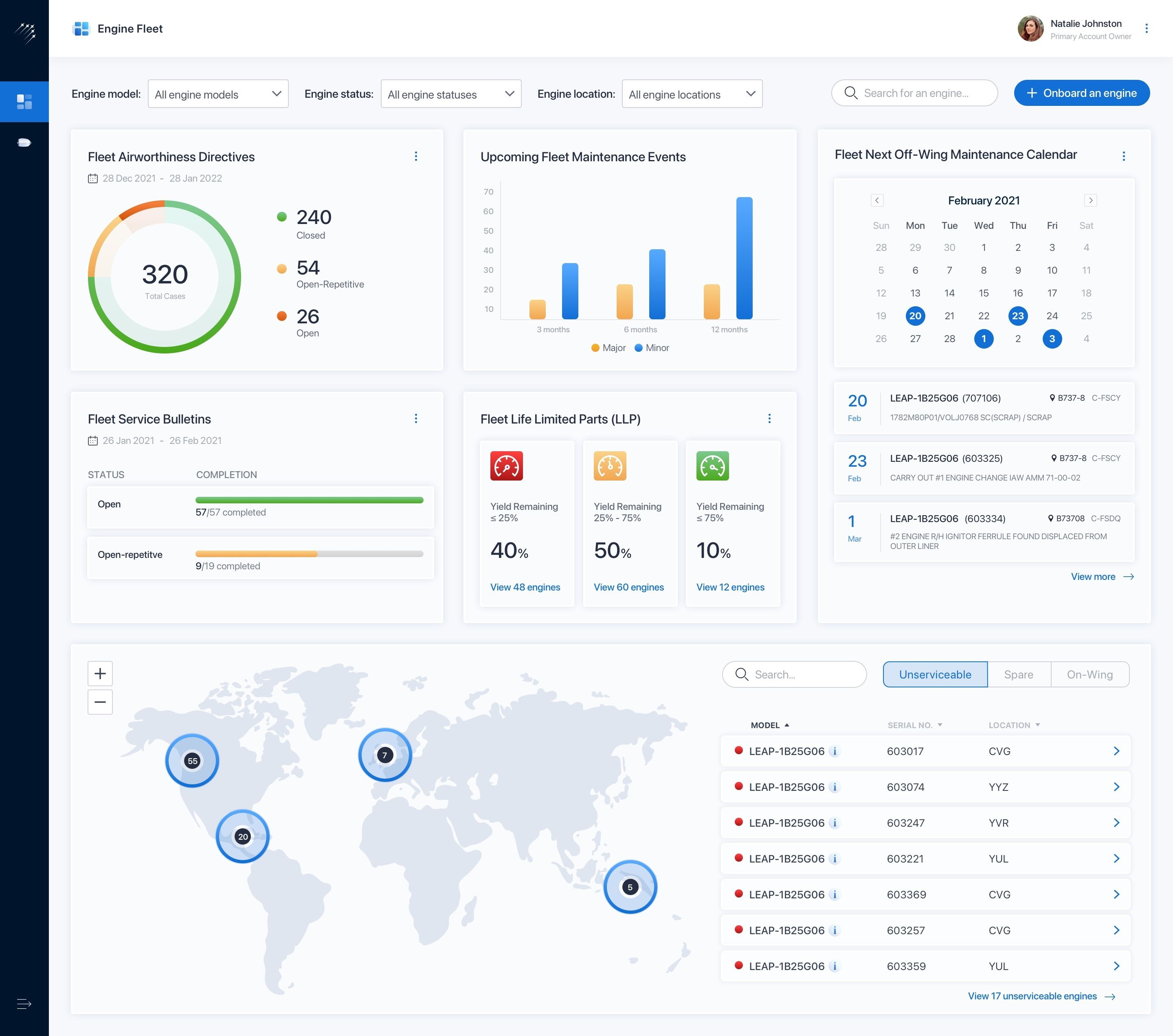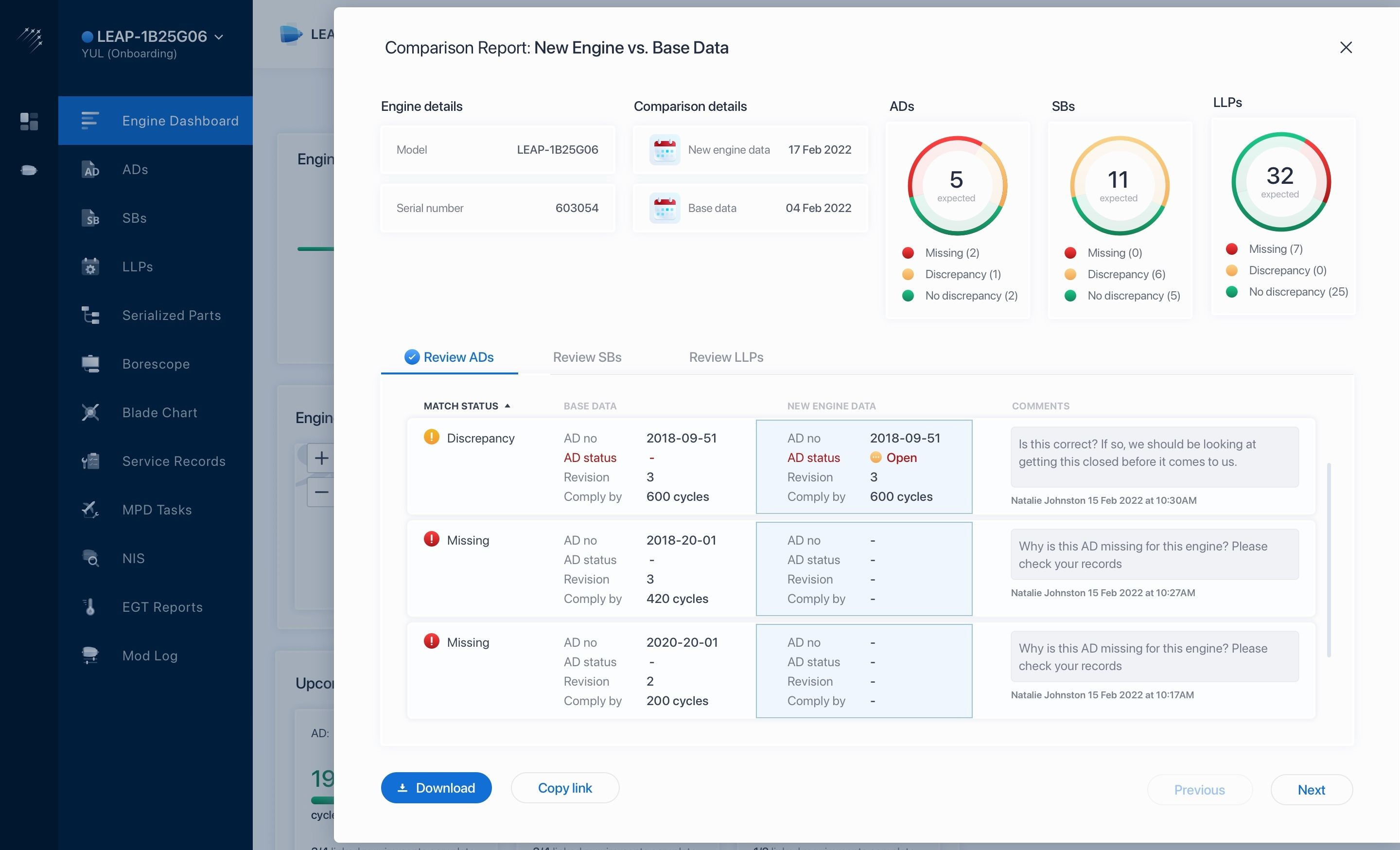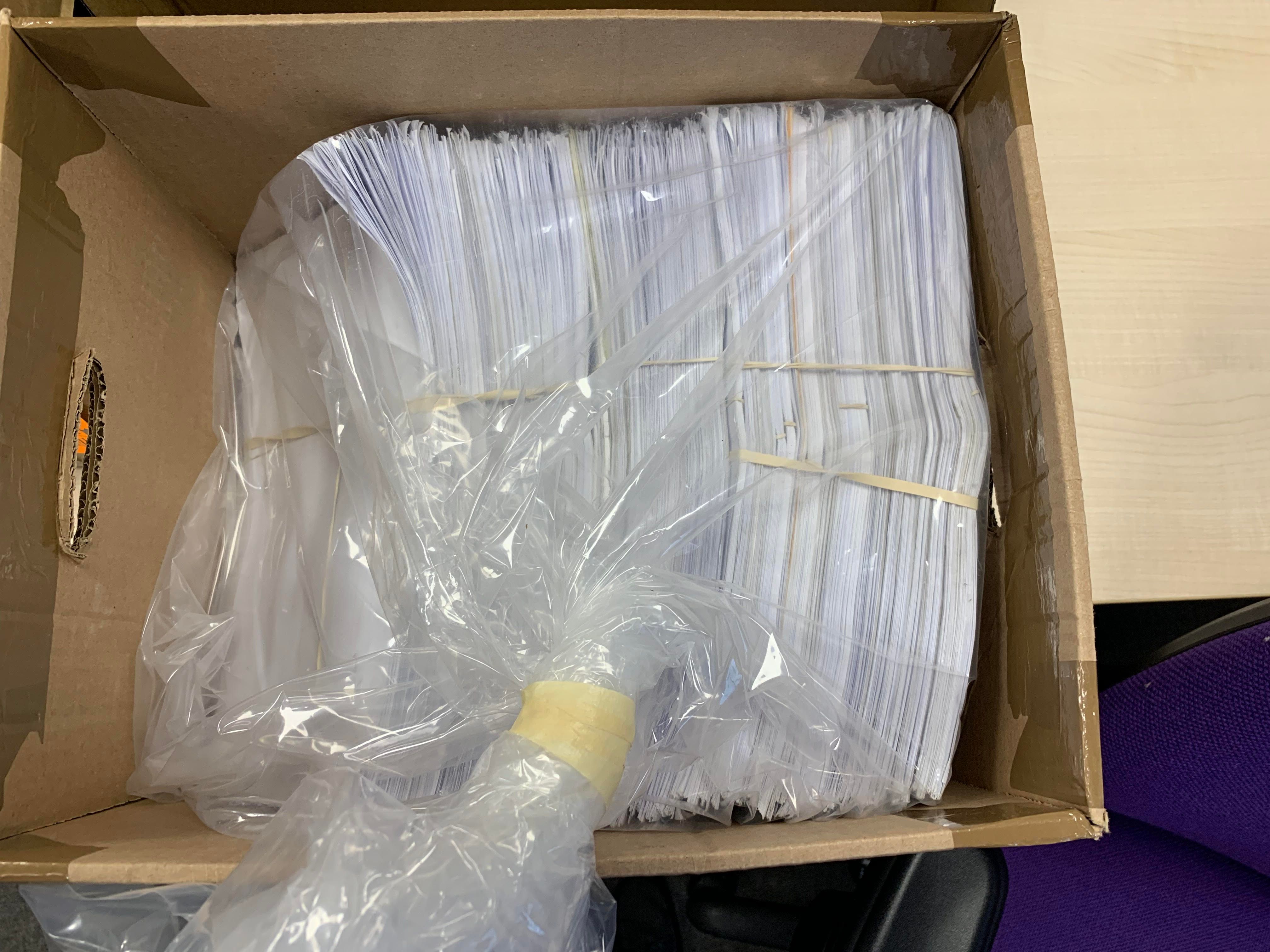Simple Flying recently caught up with Karl Steeves, the co-founder and CEO of TrustFlight. The commercial pilot founded the Vancouver-based digital tech firm to provide tools and services that offer new levels of safety, efficiency, and insight to everyone involved in the operation and maintenance of aircraft.The company supports airlines, airports, maintenance providers, and regulators all across the globe. With a current focus on pilot logs, we were keen to hear more about the key developments in this field.
Replacing aged processes
Sumit Singh: Which information is recorded in TrustFlight's Aircraft Tech Log?
Karl Steeves: Interestingly, the Tech Log shows everything that is found on a paper log, and more, but in a much more intuitive, digital format. In fact, the Tech Logs we create can be transformed in the printed versions that airlines have previously used. We record a variety of information including routine data for each flight such as fuel usage, flight time and crew duty as well as any technical information that can affect the airworthiness of the aircraft such as defects or damage.
Defects are an important part of our system because as soon as one is recorded, a whole bunch of processes kick-off from understanding if an aircraft will be delayed, coordinating engineers to fix the issue or determining if the aircraft is still safe to fly with the defect unresolved. We have also integrated other aspects including, for example, safety reports that streamline the workflows when safety and maintenance incidents occur on an aircraft such as a bird strike.
SS: How does it help increase productivity and reduce errors?
KS: Half of the battle with getting an airplane off the gate is for the Captain to sign off on paperwork. Some 25 signatures are needed by the Captain on carbonized paper for every single flight. On top of it, there are numerous calculations made on the flight deck — fuel, engine time, block time for instance — that require manual calculation. Then, the Captain writes everything down including the calculations. I don't know about you, but my handwriting is often hard to read, and just someone, somewhere in the chain misreading handwriting alone causes many errors.
All of this has been traditionally done on carbonized paper — 5 sheets per flight or some 7,300 per year for the average Boeing 737. One of the sheets goes to the airline maintenance team, who then needs to manually input the data into a database, leading to further errors and time wasted. On top of it, airlines are responsible for maintaining records and yet further sheets go into storage. All of this costs the airline time and money.
Major progress
SS: How does this product compare with initiatives such as Collins’ Flight Hub.
KS: A lot of systems today, including Collins' Flight Hub, are focused more on operational data that help pilots with their flight such as weather and airport information. An underserved area is maintenance and technical status of the aircraft. Our system is all about recording technical issues with the aircraft and helping everyone from pilots to mechanics understand what's happened to an aircraft and most importantly operate it in a safe and efficient manner avoiding delays.
SS: There have been progressions in the Electronic Flight Bag space over the years. How does this advance the process?
KS: Most EFBs have focused on operational data such as weather, performance calculations and airport information. Our system introduces a whole new aspect of digitizing the maintenance status of the aircraft. We have also focused a lot on building integrations with existing safety, operations and maintenance systems that allows us to join together a lot of processes which historically have been independent or resulted in a lot of duplication.
Savings across the board
SS: Please tell us more about the cost savings to be had.
KS: Let me give you an example from a customer. One client has revealed that our tools have cut processes by up to 30 hours, seamlessly combining the 80 or so steps across all related departments into a single, powerful workflow. The company can now instantly access, manage and update all relevant documentation, with the ability to assign, track and monitor any associated actions in real time. That's pretty powerful. We estimate that for every one hour of flight, two hours of labor is required simply to maintain paper records. On top of it, airlines are responsible for maintaining records and yet further sheets go into storage.
SS: And how about the overeall environmental savings?
KS: For starters, every single plane is using carbonized paper with about five sheets, and the average Boeing 737 uses about 7,300 sheets of paper per year by our estimate. That alone is wasteful. Then think of the cost of moving all of those pieces of paper around, going to the airline headquarters, maintenance shop, plus the cost of storing the records. It can all add up.
SS: What can you tell us about the user-friendly aspect?
KS: Everyone these days is comfortable with tablet interfaces — even the regulators! Commercial airlines and pilots have integrated tablets for flight planning and chart purposes on the flight deck. But when it comes to the interface between maintenance, the pilots and the aircraft itself, paper rules the roost — at least until our system is adopted. It should be easy to both review past data for an aircraft, with a visual form factor, to input new data and to separately access and analyse that data. All of this can be done with our suite of systems.
Simple Flying will be at the Farnborough Airshow next week. For all the latest news from the show click here!
Looking ahead
SS: How is the rollout going across the industry?
KS: We are working to change processes that have not really evolved since the initial development of leading passenger aircraft like the Boeing 737 and Airbus A320, where paper-based solutions are the norm. Indeed, even the engine manufacturers still deliver engines to clients with reams of paper logs.
For many airlines, there is a strong desire to improve efficiency and reduce manual processes. During COVID, we found airlines were forced to adapt their operations quickly and maintaining paper processes became even harder than before. So now the industry is recovering we are seeing much quicker adoption of our systems.
SS: What is the current focus of the program?
KS: We have developed a suite of digital tools, including a digital tech log, digital engine log, Centrik, which provides complete SMS and operational management support to more than 80,000 global users in the aviation, UAS, military, maritime and sectors. Centrik removes costly, outdated paper-based processes and procedures, increasing efficiency, improving safety and ensuring complete compliance across some of the most highly regulated and safety critical industries in the world. Our focus is on expanding the integrations between systems and adding further functionality that can help boost the safety and efficiency of carriers.
SS: Is there anything else you’d like to highlight?
KS: TrustFlight recently inked a new deal to provide its suite of products to Bonza, Australia's new ultra-low cost carrier. The airline will launch later this year with a fleet of Boeing 737 aircraft. The news follows TrustFlight's integration with Flair Airlines in Canada, who share a common investor, Miami-based private equity firm, 777 Partners. Bonza will begin its operations with TrustFlight's tools integrated at the outset, which will aid the airline in maintaining the lowest costs in Australia.

